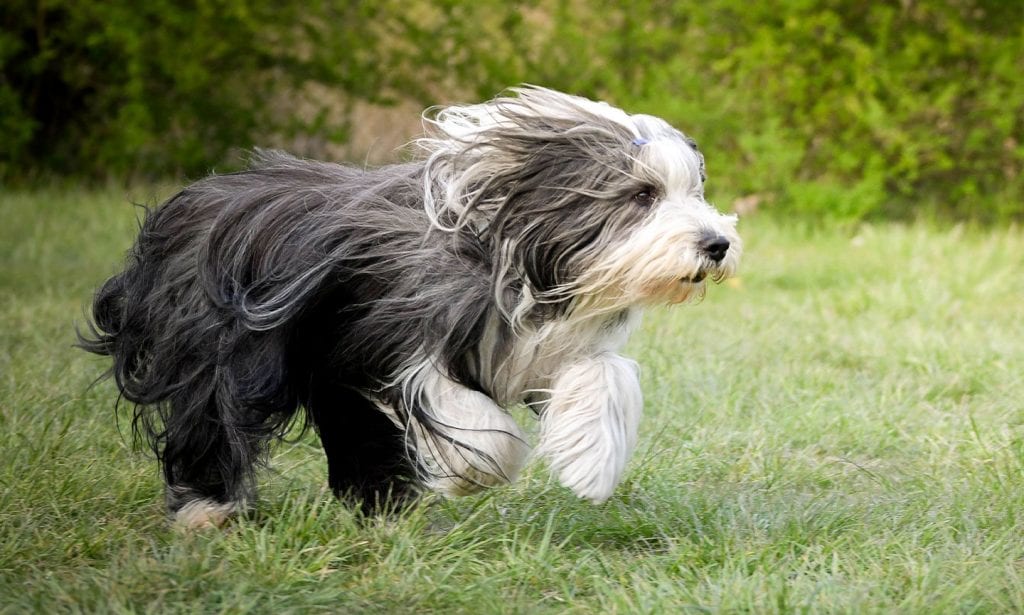
What You Should Know About Belgian Groenendael Dog Breed Traits?
Share
The Belgian Groenendael Dog Breed Characteristics and Care are essential for any pet owner considering this remarkable breed. Known for their stunning, long black coats and impressive agility, Groenendaels are not just a pretty face.
Understanding their unique needs ensures a happy and healthy relationship between you and your furry friend. This article dives deep into the traits, health, and care requirements of the Belgian Groenendael.

History of the Belgian Groenendael
The Groenendael breed is part of the Belgian Sheepdog family, which has a rich history dating back to the late 19th century. Originally bred for herding livestock, these dogs exhibit unparalleled intelligence and versatility.
Named after a village in Belgium, Groenendaels are known for their loyalty and protective nature, making them excellent companions and watchdogs. Their skills extend beyond herding; they are also popular in obedience, agility, and even search and rescue operations.
Physical Characteristics
- Size: Groenendaels are medium-sized dogs, typically weighing between 50-75 pounds and standing about 22-26 inches tall.
- Coat: Their long, straight coats require regular grooming to prevent matting and ensure they remain healthy.
- Color: Known for their beautiful black coats, some Groenendaels may have a small white patch on their chest.
Temperament and Personality
One of the most delightful aspects of the Belgian Groenendael is their temperament. They are known for being eager to please, incredibly intelligent, and highly trainable. Their protective nature makes them excellent family pets, but it also requires proper socialization.
Groenendaels can be reserved around strangers, making early socialization crucial. They thrive on companionship and may develop separation anxiety if left alone for extended periods.
Health Concerns and Lifespan
As a generally robust breed, the Belgian Groenendael has a lifespan of around 12-15 years. However, like all breeds, they are prone to certain health issues.
- Hip Dysplasia: A common concern among many dog breeds, ensuring your Groenendael has regular vet check-ups can help manage potential issues.
- Eye Problems: Regular eye examinations are essential, especially as they age.
- Skin Allergies: Their long coats might be susceptible to skin conditions, necessitating good grooming habits and awareness of irritants.
Grooming Tips for Your Groenendael
Regular grooming is non-negotiable when it comes to the Belgian Groenendael. Their long fur can easily tangle and mat if not properly cared for.
- Brushing: Aim to brush your Groenendael at least once a week, increasing that frequency during shedding seasons.
- Bathing: Bathe your dog as needed but avoid over-bathing, as it can strip natural oils from their skin.
- Ears and Teeth: Regularly check their ears for signs of infection and maintain dental hygiene for overall health.
Feeding and Nutrition
Proper nutrition is vital to your Belgian Groenendael's health. It's important to choose a high-quality dog food that meets their specific needs. Look for balanced diets that include:
- Protein: Essential for muscle development and overall health.
- Fats: To support their energy levels and maintain a shiny coat.
- Carbohydrates: For sustained energy throughout the day.
Always consult your vet for recommendations tailored to your dog's individual needs.
Exercise Requirements
The Belgian Groenendael is an energetic breed requiring ample exercise. Aim for at least 1-2 hours of activity each day. This can include:
- Walks: Regular walks are essential for mental and physical stimulation.
- Playtime: Engage in interactive play sessions with your Groenendael, such as fetch or tug-of-war.
- Agility Training: Consider agility courses to channel their energy while also creating a bonding experience.
Training Techniques
Training a Belgian Groenendael is a rewarding experience due to their intelligence and eagerness to learn. Using positive reinforcement techniques, such as treats and praise, will help foster a strong bond.
- Start Early: Begin training and socialization at a young age to cultivate the desired behavior.
- Consistency is Key: Use consistent commands and maintain a regular training schedule.
- Obedience Classes: Enroll in a class to help with socialization and reinforce training.
Conclusion
Owning a Belgian Groenendael brings joy and companionship, ensuring you understand their special needs and characteristics. If you are a health-conscious pet owner willing to invest time and effort into their care, you will be rewarded with a loyal and loving companion.
To learn more about other dog breeds and their unique needs, check out Beaglier Dog, Bearded Collie, and Beauceron Dog. For guidelines on selecting the best pet food, you can also refer to the American Kennel Club.

FAQs
1. Are Belgian Groenendaels good with children?
Yes, they are known to be great family pets and can be very protective of children.
2. How often should I groom my Groenendael?
Regular grooming, at least once a week, is essential to prevent matting of their long fur.
3. What is the average lifespan of a Belgian Groenendael?
The average lifespan is about 12-15 years, with proper care.
As an Amazon Associate, I earn from qualifying purchases.
